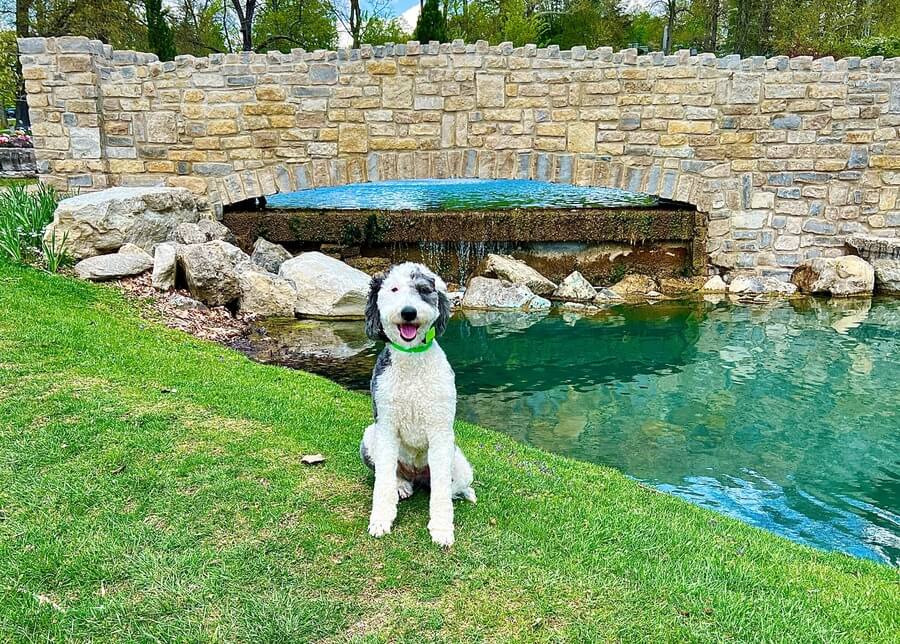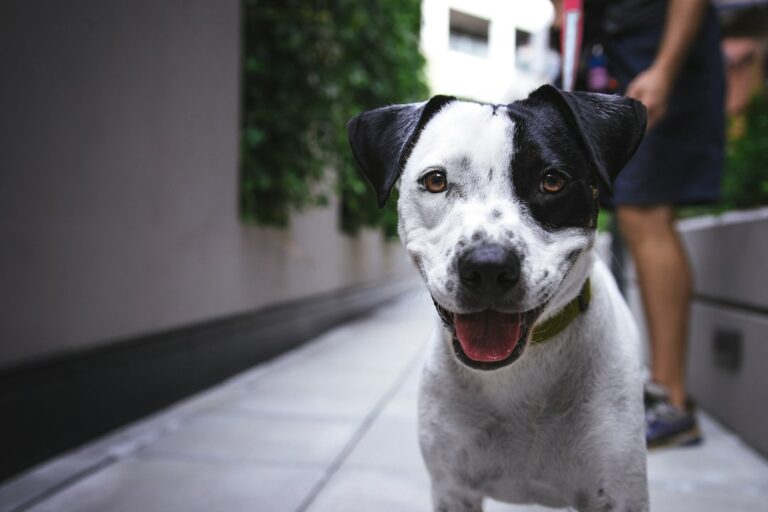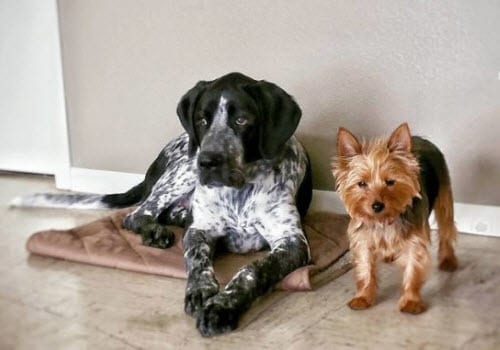Heat Stroke in Dogs: What to Look For:
Heat Stroke in Dogs: What to Look For:
As the temperatures rise and we enjoy more outdoor activities, our canine companions are right there with us, reveling in the warmth and sunshine. However, for dogs, summer can bring not only fun but also some potential dangers. Among these, heat stroke in dogs is one of the most serious.
Heat stroke is a condition caused by the body overheating, typically due to prolonged exposure to high temperatures or physical exertion in hot weather. This critical condition can occur in dogs when their body temperature exceeds 104°F (40°C), a level where the body’s internal mechanisms can no longer cool it down.
Heat stroke can be fatal and requires immediate veterinary attention. Understanding the signs and knowing how to act quickly can save a dog’s life.
Recognizing the Signs of Heat Stroke

The signs of heat stroke can vary and may appear suddenly. Keep an eye out for these key symptoms:
- Excessive Panting and Rapid Breathing: Panting is a dog’s primary way of cooling down. However, excessive panting is usually the first noticeable sign of overheating.
- Increased Heart Rate: An increased heart rate is the body’s response to try to cool down.
- Excessive Drooling: Salivation increases in an attempt to cool the body through evaporation.
- Bright Red or Blue Gums: This is a sign of changes in blood circulation. Red gums suggest increased blood flow to try to dissipate heat, while blue gums are a sign of insufficient oxygen delivery.
- Lethargy or Unresponsiveness: Dogs suffering from heat stroke may appear weak, dazed, or uncoordinated. They may also lose consciousness.
- Seizures: In severe cases, heat stroke can cause neurological symptoms like seizures.
- Vomiting or Diarrhea: Gastrointestinal distress, possibly with blood, can occur as the body temperature rises.
If you observe any of these symptoms in your dog, it’s crucial to act immediately.
Responding to an Overheated Dog
If you suspect your dog is suffering from heat stroke, take the following steps:
- Move the Dog Out of the Heat: Find a cool, shaded area for them. Indoors is usually best, if possible.
- Cool the Dog Down Gradually: Use room-temperature water to cool your dog. Avoid cold water, as this can constrict blood vessels and impede cooling. Wetting the area around your dog can also help reduce their body
Heat Stroke in Dogs: What to Look For: temperature.
- Give Them Small Amounts of Water: If your dog is conscious and can drink, provide small amounts of water. Do not force water if your dog is unconscious or unable to drink.
- Contact a Vet Immediately: Heat stroke is a medical emergency. Even if your dog seems to be recovering, it should still be examined by a vet, as complications can occur hours or even days later.
Preventing Heat Stroke
The best treatment for heat stroke in dogs is prevention. Here are some tips to keep your dog safe during the hot summer months:
- Avoid Hot Environments: Never leave your dog in a parked car, even with the windows down. The temperature inside a car can quickly rise to dangerous levels.
- Provide Plenty of Water: Always ensure your dog has access to fresh drinking water to help them cool down.
- Provide Shade: If your dog is outside, make sure they have a shady place to rest.
- Avoid Intense Activity During the Hottest Part of the Day: Try to schedule walks and playtime during cooler parts of the day, like early morning or late evening.
- Know Your Dog: Some breeds, especially those with short noses like Bulldogs or Pugs, are more susceptible to heat stroke. Overweight dogs, puppies, seniors, and those with health conditions are also at higher risk.
As responsible pet owners, it is our duty to ensure our dogs are safe during the summer months. By knowing the signs of heat stroke and understanding what to do, we can help protect our furry friends from this potentially deadly condition. Enjoy the warmth and sunshine with your pets, but always stay aware and prepared. Stay cool!
And always, feel free to contact us if you have any questions about your dog, their health, or their obedience. We’re always here for you and your K9 family members!
Would you like a certified trainer to contact you?









